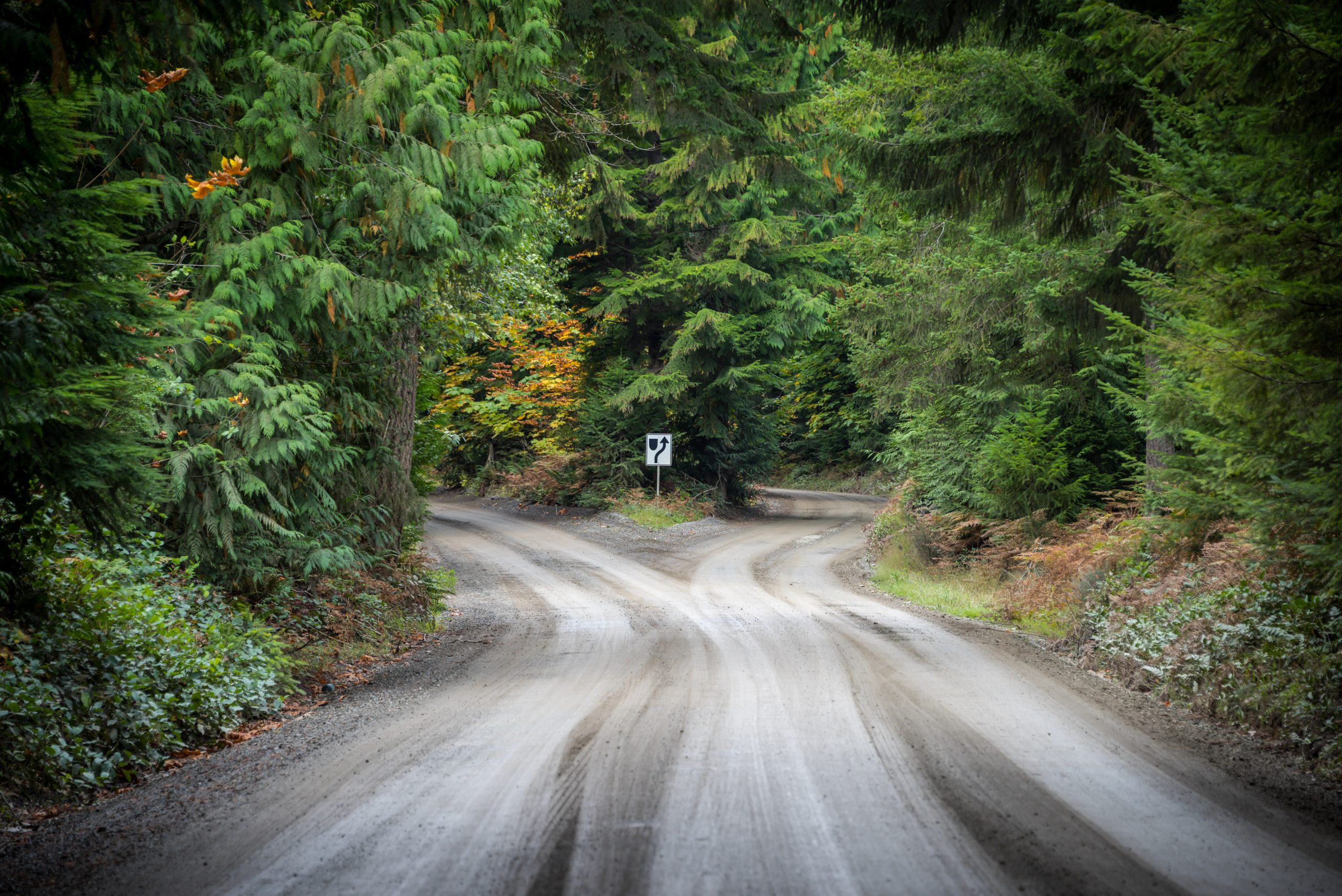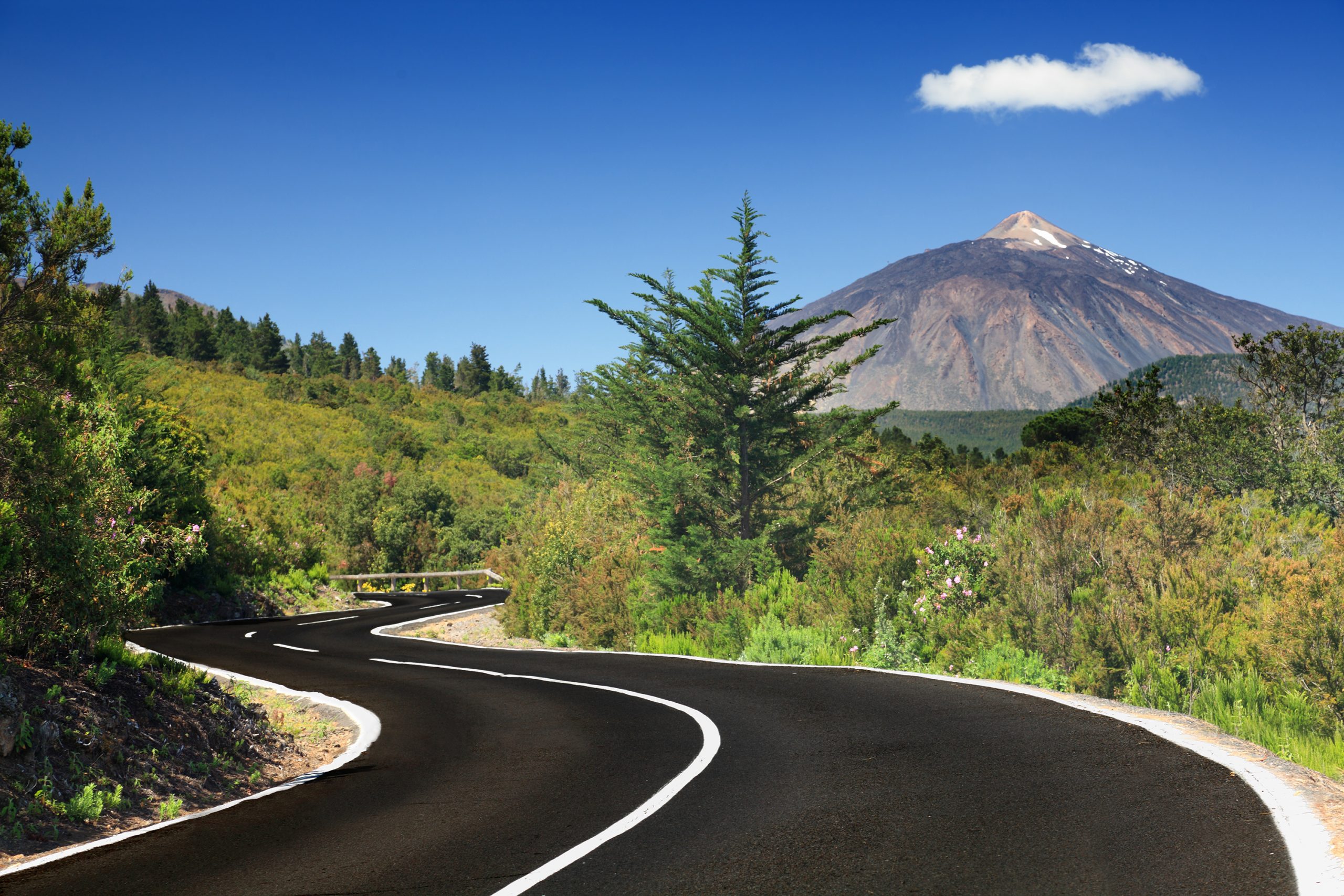Effect of Road Surfaces on Stopping Your Vehicle

Effect of Road Surfaces on Stopping Your Vehicle
The process of stopping involves several stages. As the BBC Bitesize website notes, stopping distance is a combination of thinking distance and braking distance. Thinking distance refers to the time it takes for drivers to see the need to stop and to react. Braking distance is the amount of space that it takes for the vehicle to stop once the driver has applied the brakes. Together, they are dependent on a variety of factors, including the amount of grip the tires have on the road.
The Canadian Oxford Dictionary defines “grip” as “take a firm hold, especially by friction.” As the Ontario Driver’s Handbook notes, skids can occur when one or more tires lose their grip on the road. Although this is common on icy or wet roads, the materials coving the road can also make a difference. The Driver’s Handbook notes that gravel and other loose materials can have the same effect on tire grip as ice and snow.
Braking and acceleration increase the forces acting on tires, which can add to the issues caused by the differing road surfaces. Gravel is one of the more difficult road surfaces that drivers may encounter. The small stones that make up a gravel road tend to shift under the weight of a vehicle, causing the tires to lose traction.
Design Factors
Design factors make gravel roads more difficult to drive on than paved roads. As the EPA document on routine maintenance and rehabilitation of roads explains, roads are designed to have a particular shape that helps vehicles move more smoothly than they otherwise would.
While paved roads tend to keep their shape under normal circumstances, gravel roads are often not as solid, and their material tends to suffer more from the effects of weather and traffic. Wet weather can wash away the stones or cause the underlying ground to become muddy, while tires on the road tend to shift the gravel away from the middle and towards the sides.
Unless the road receives regular maintenance, this could leave a thick layer of loose gravel at the sides of the road and a very muddy section in the middle. Both of these conditions could cause significant troubles with stopping on wet or slushy roads.
Ruts and grooves are especially problematic on gravel roads. Weather and frequent use can wear away art the gravel, causing patches of bare ground or ruts in the road where the earth has worn away. Drivers need to be especially careful in these areas as the wheels can easily skid into these ruts and grooves, causing the vehicle to swerve. The extra friction caused by braking can cause these grooves to become even deeper, and drivers need to be especially careful near traffic lights or stop signs.

Although dirt roads are relatively rare in much of Canada, drivers may sometimes encounter places without either paving or gravel. As the EPA document notes, erosion can be a significant factor with dirt roads, often causing them to wear down far below their original level, besides causing ruts and grooves. Stopping on roads like these takes extra time and care to ensure that the driver maintains control of the vehicle.
Safe Driving and Road Surfaces
Being able to stop on all road surfaces is essential for safe driving. As the Ontario Driver’s Handbook explains, anti-lock braking systems can help prevent skids, while the technique of threshold braking is also useful. In this method, drivers apply the brakes to the point when the wheels are about to start skidding and then releases the brake slightly and repeats the process as needed.
Although dirt and gravel roads have significant challenges for drivers to overcome, asphalt is generally a better surface for stopping a vehicle. Some tires also have advantages over others. As the Autotrader website notes, winter tires are designed to stay softer in the cold weather than all-season or summer tires, allowing the rubber to wrap itself over small imperfections on the surface of the road, giving them extra grip even on snow.
The Shift Into Winter website notes the differences in stopping distance in snowy or icy weather for vehicles with all-season tires. On a wet road at 80 kilometres per hour, for example, a vehicle will often take twice as far to stop as it would at 50 kilometres per hour. Snowy or icy roads increase the necessary stopping distance even more.

Although ice, snow and rain are not permanent parts of the road surface, they are important considerations for drivers as even the best roads can become slick in bad weather. In addition, even though paved roads are generally best for stopping quickly, they can also have their own issues. Rain, ice and cold temperatures can cause concrete to crack and break apart, often leaving ruts and buckles in the road which can cause drivers to lose control of their vehicles.
Contact Points
As the Vehicle Dynamics Institute notes, the contact points between a vehicle and the road are small. On an average car, each of the four tire sections that touch the road is smaller than a hand, but each one is essential. If a tire goes into a rut on a gravel road or hits an icy patch on pavement, it can affect the entire vehicle, especially while braking.
Stopping a vehicle takes time and distance, even on the best road surfaces. Drivers need to remember the effects of different road surfaces on stopping time and to do their best to adjust their speed and distances so that they can stop safely, regardless of the road surface they encounter.
